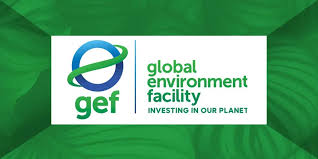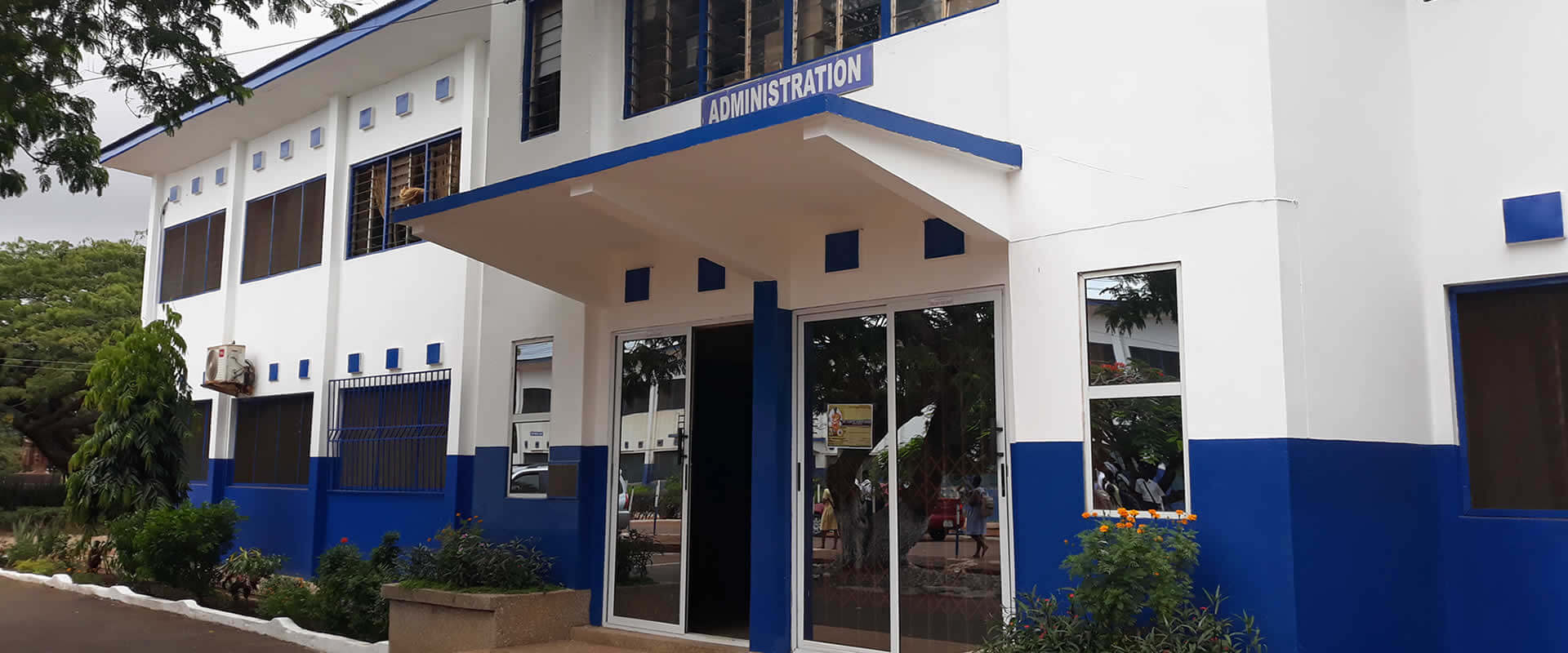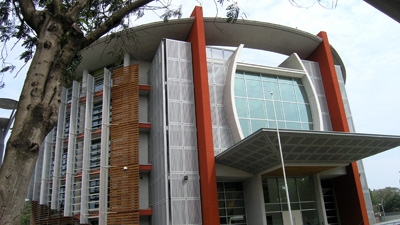By Ghana Eye Report
The Global Environment Facility (GEF) has invested a total of 6.2 billion U. S. dollars to protect the environment in Africa, this is according to data released here
According to GEF data, a greater percentage of the funds have been channelled into projects addressing biodiversity, climate change, and land degradation.
Biodiversity alone has received 600 million U. S. dollars, benefitting more than 280 million hectares of land across 48 African nations.
Land degradation remains a significant concern, with more than 45% of the continent’s land affected.
Addressing this issue continues to be a top priority in GEF programming. In addition, the Facility has so far provided 1.3 billion U. S. dollars in grants to support climate change adaptation initiatives across Africa.
Twelve out of the 18 implementing agencies working with the GEF have also contributed to raising approximately 40 billion U. S. dollars in co-financing, significantly amplifying the impact of GEF-funded interventions on the continent.
The Global Environment Facility (GEF), in collaboration with the Tropical Biology Association, have commenced a training workshop for Operational Focal Points (OFPs) from 14 West African countries.
These countries have been beneficiaries of GEF disbursements since the fund’s establishment in 1991.
The two-day workshop, which opened in Accra, Ghana, aims to enhance participants’ ability to oversee environmental projects, improve governance, and ensure strategic alignment with national development priorities. The training is also designed to foster collaboration and shared learning among participating countries for more effective utilization of GEF resources.
Speaking at the event, the GEF Africa coordinator emphasized the importance of continuing integrated programming—an approach introduced in GEF-6. “We looked at integrated programmes focusing on food security, commodities, and sustainable cities. We will likely continue with integrated approaches in GEF-9,” the representative stated, stressing that environmental challenges are multifaceted and require multi-sectoral solutions.
The GEF is also supporting efforts to reduce mercury use in artisanal and small-scale mining operations, aligning with broader goals to limit chemical pollution and enhance environmental safety.
In her remarks, Ms. Susan Waithaka, Senior Country Relations Officer at GEF, noted that while a final decision on the thematic priorities for the GEF-9 funding cycle will be made in May 2025 in Paris, discussions are already underway. The current strategy will build on the successes of previous cycles and incorporate findings from the ongoing independent evaluation of GEF-8.
“The GEF Independent Evaluation Office is conducting a review of the results achieved during GEF-8. This will directly inform the development of the GEF-9 strategy,” Ms. Waithaka explained. “We’re also leveraging new scientific insights through our Scientific and Technical Advisory Panel, which will guide the replenishment process,” said Waithaka.
Participating countries in the current training include Ghana, Togo, Nigeria, Sao Tome and Principe, Guinea Bissau, Guinea, Liberia, Cabo Verde, Cameroon, Gambia, Sierra Leone, Côte d’Ivoire, and Benin.
Dr. Peter Justice Dery, Ghana’s Operational Focal Point for GEF, expressed the country’s readiness to take full advantage of the upcoming GEF-9 funding round. He noted that Ghana has accessed approximately $100 million in GEF funds since 1992 and is one of the few countries that has participated in every funding cycle.
Highlighting key projects, Dr. Dery cited the Ghana Landscape Restoration Project, forest conservation efforts, the Gold Plus Initiative promoting responsible mining, and e-waste management programmes. According to him, these projects have contributed significantly to infrastructure development, increased agricultural productivity, and strengthened sustainable land and water management.
Dr. Dery also acknowledged the role of advanced monitoring tools such as geospatial technologies in improving real-time tracking of project implementation. He noted, however, that one of the continuing challenges lies in the rigidity of GEF’s programming frameworks, which sometimes do not align seamlessly with national development agendas.
“There’s often a need to adapt national projects to fit into the GEF’s requirements,” he said. “This may not always reflect the immediate priorities that a country wishes to pursue.”
As preparations for GEF-9 continue, both GEF and its African partners remain committed to aligning global environmental goals with local development needs, ensuring that funding continues to create lasting, impactful change across the continent. Enditem
Source: Ghana Eye Report
Share Us



